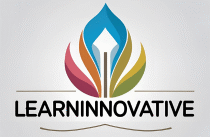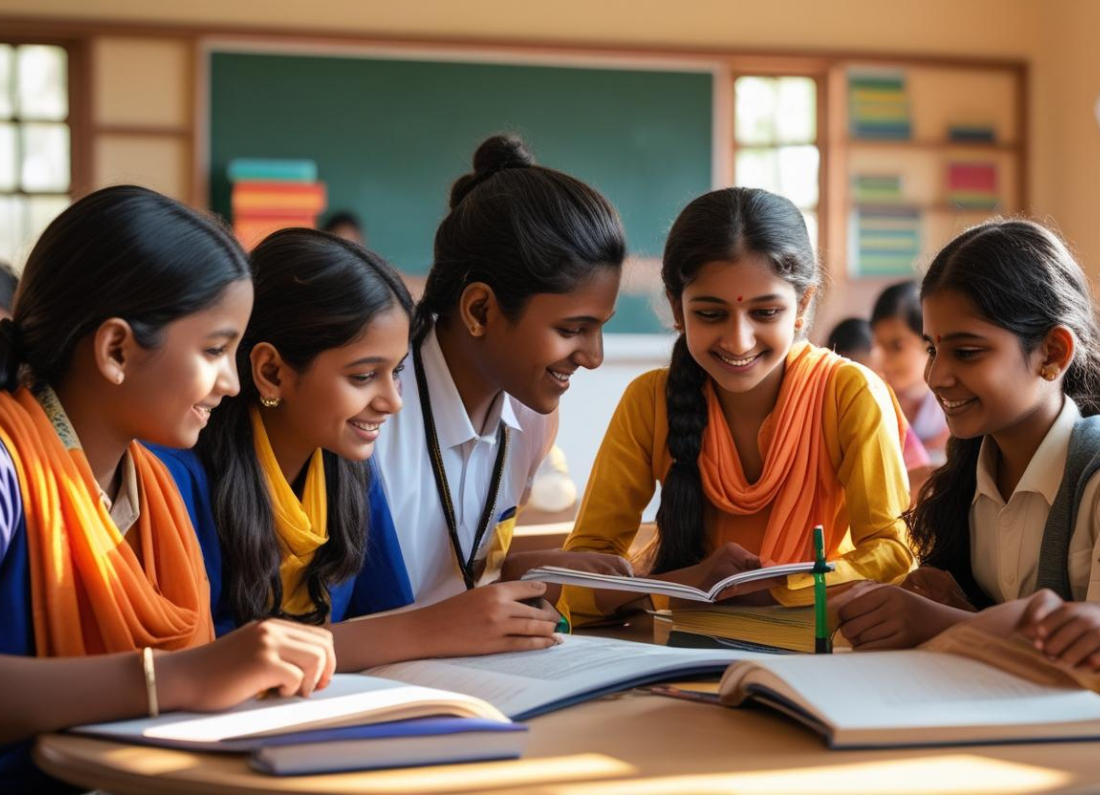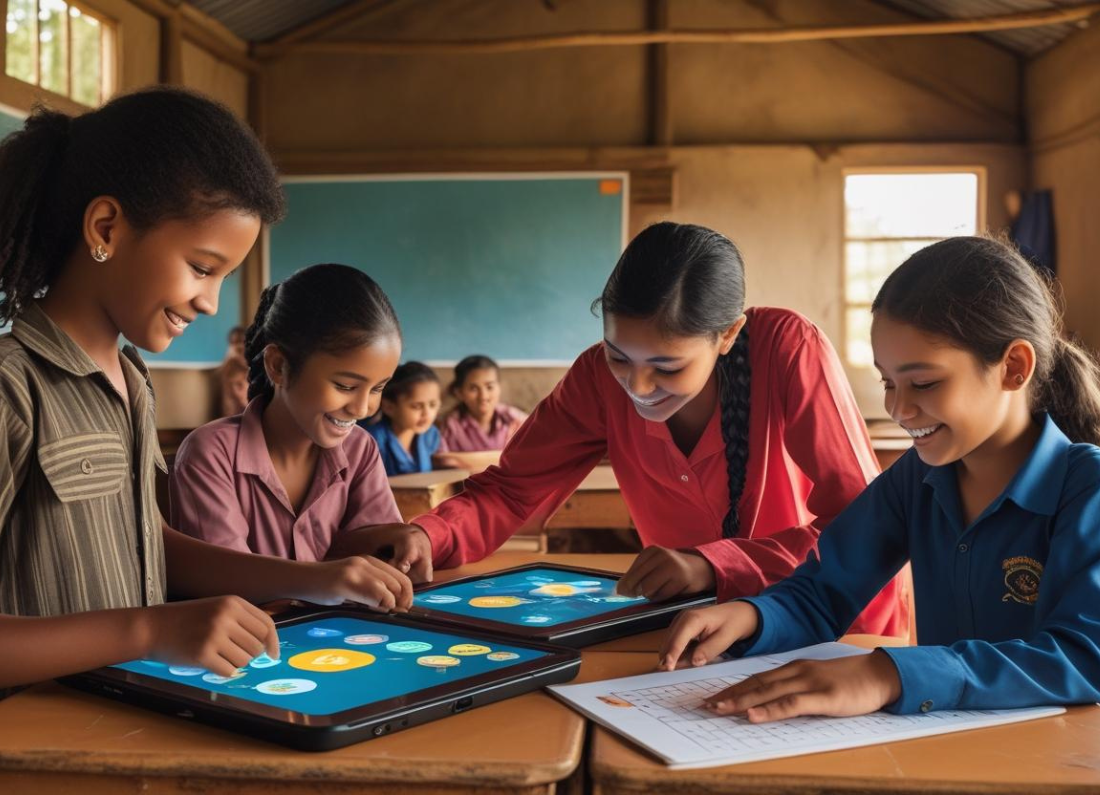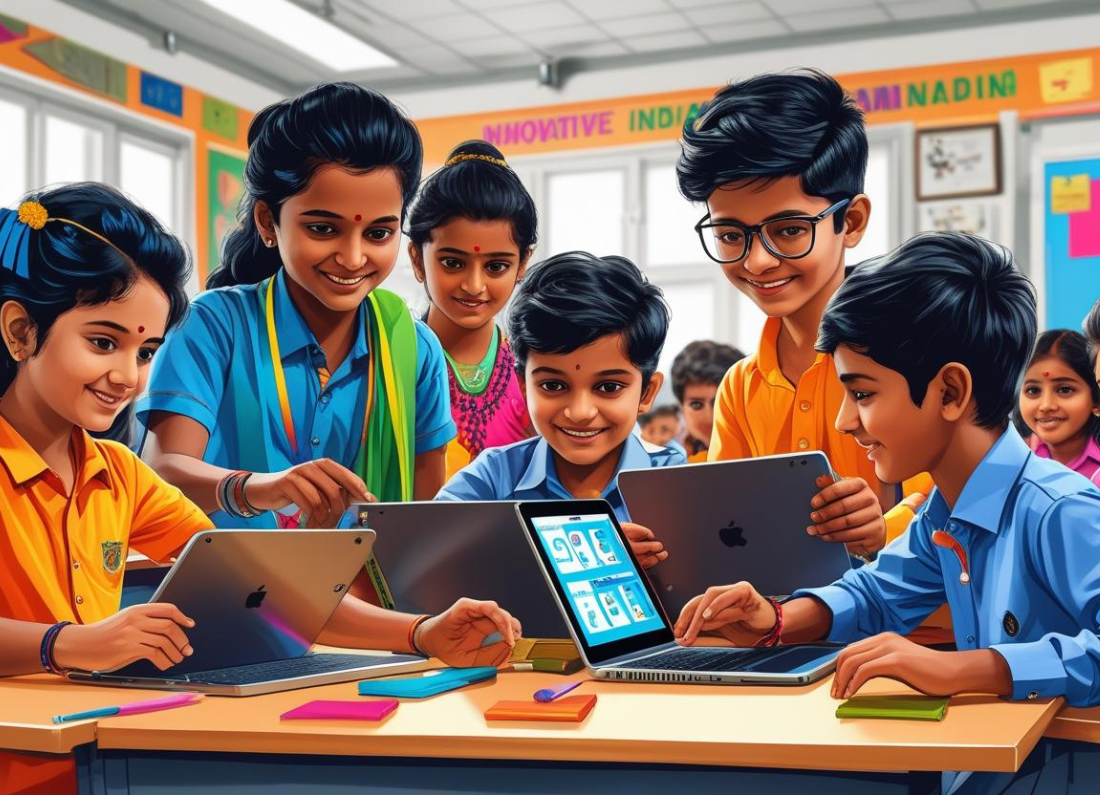The Indian education sector is undergoing a remarkable transformation driven by innovative trends and substantial policy reforms. With the launch of the National Education Policy (NEP) 2020, India has initiated a progressive shift aimed at overhauling its decades-old education framework. These changes seek to make education more holistic, inclusive, flexible, and aligned with the needs of the 21st century. This article delves into the most impactful trends and policy shifts currently reshaping Indian education.
1. National Education Policy (NEP) 2020: A Paradigm Shift
The NEP 2020 stands as a milestone in Indian education policy, replacing the National Policy on Education (1986). Key highlights include:
- New Structure: 5+3+3+4 – This replaces the traditional 10+2 structure, focusing on foundational learning from ages 3 to 8 and integrating pre-primary into formal education.
- Mother Tongue as Medium of Instruction – Up to Grade 5, the medium of instruction will preferably be the child’s mother tongue or regional language.
- Multidisciplinary Approach – Students will have the freedom to choose subjects across streams, promoting a broader and more flexible curriculum.
- Vocational Education from Grade 6 – With an emphasis on skill-building, students will undergo internships and hands-on training.
- Exit Options in Higher Education – Undergraduate students can exit after 1, 2, or 3 years with a certificate, diploma, or degree, respectively.
- National Educational Technology Forum (NETF) – To boost digital infrastructure and innovation in education.
NEP 2020 aims to make Indian education globally competitive while ensuring local relevance and equity.
2. Digital Transformation & EdTech Integration
Digital learning has accelerated post-COVID-19, marking a permanent shift in education delivery. Key developments include:
- Hybrid Learning Models – Combining traditional classroom methods with online learning, hybrid models are now widely adopted in both schools and universities.
- EdTech Boom – Platforms like BYJU’S, Unacademy, and Vedantu have revolutionized learning by offering adaptive, personalized education at scale.
- Government Initiatives:
- DIKSHA (Digital Infrastructure for Knowledge Sharing) – A national platform for teachers and students offering digital content in multiple languages.
- SWAYAM – An online platform for open learning courses from Indian universities.
- PM eVIDYA – Launched to unify all digital learning initiatives, including TV and radio broadcasts for students without internet access.
The integration of Artificial Intelligence (AI), Augmented Reality (AR), and data analytics into EdTech platforms is also enhancing student engagement and tracking performance.
3. Focus on Skill Development & Employability
Another major shift is the prioritization of skill-based education to bridge the gap between academia and industry. This includes:
- Integration of Vocational Education – As per NEP 2020, students will receive exposure to vocational training from early grades.
- National Skill Development Mission – Designed to equip youth with market-relevant skills through initiatives like PMKVY (Pradhan Mantri Kaushal Vikas Yojana).
- Industry-Academia Collaborations – Institutions are partnering with companies to design curriculum and offer real-world experiences through apprenticeships and internships.
- Focus on Entrepreneurship – Encouraging startups and entrepreneurial thinking among students through incubation centers and innovation hubs in universities.
This trend aligns with India’s vision to become a global knowledge economy with a highly skilled workforce.
4. Emphasis on Inclusive & Equitable Education
Equity and inclusion are central to the new policy direction. Key aspects include:
- Gender Inclusion Fund – Launched to support the education of underrepresented groups, especially girls and transgender students.
- Special Provisions for Disadvantaged Groups – NEP recommends targeted support for SC/ST, OBC, and minority communities.
- Education for Children with Disabilities – Promoting barrier-free access, inclusive curricula, and assistive technologies.
- Online Accessibility – Efforts to ensure digital content is available in regional languages and accessible formats for learners with disabilities.
These measures aim to level the educational playing field and ensure no child is left behind.
5. Globalization of Indian Higher Education
To make Indian higher education globally competitive, the government is pushing for international collaboration and institutional excellence:
- Internationalization of Education – Indian institutions are encouraged to set up campuses abroad and vice versa.
- Regulatory Reforms – The Higher Education Commission of India (HECI) is proposed to replace multiple bodies like UGC, AICTE, and NCTE, streamlining governance.
- World-Class Institutions – Initiatives like the Institute of Eminence (IoE) scheme aim to elevate Indian universities to global standards.
- Foreign Universities in India – NEP 2020 allows top 100 global universities to set up campuses in India, creating opportunities for students to access global-quality education domestically.
These changes are aimed at positioning India as an international education hub.
6. Teacher Training and Professional Development
Teachers are central to quality education. Recognizing this, there is renewed emphasis on:
- Continuous Professional Development (CPD) – Teachers must complete a certain number of training hours each year to stay updated.
- National Professional Standards for Teachers (NPST) – A framework for evaluating and improving teaching standards.
- Use of Technology in Training – Online platforms like NISHTHA offer digital courses for teacher empowerment.
- Recruitment Reforms – Efforts are being made to streamline recruitment processes and ensure merit-based selection.
Strengthening teacher capacity ensures that reforms translate effectively to the classroom.
7. Assessment Reforms
The focus is shifting from rote memorization to competency-based assessment:
- Holistic Progress Cards – Introduced to capture student learning beyond academics, including life skills and values.
- Board Exam Reforms – Board exams will become easier and more analytical, conducted twice a year with best-of-two scoring.
- Standardized Testing – The National Assessment Centre – PARAKH – will set standards and monitor learning outcomes across states.
These reforms are aimed at fostering critical thinking, creativity, and real-world problem-solving skills.
Conclusion
Indian education is on the cusp of a revolutionary transformation. Driven by the ambitious NEP 2020 and reinforced by technology, the focus has clearly shifted towards quality, inclusivity, innovation, and global relevance. From early childhood care to higher education, every stage is being reimagined to empower students with skills, values, and knowledge for a rapidly changing world.
While challenges such as digital divide, teacher shortages, and infrastructure limitations remain, the direction is promising. With sustained implementation, India can harness its demographic dividend and emerge as a global leader in education.







Leave a Reply